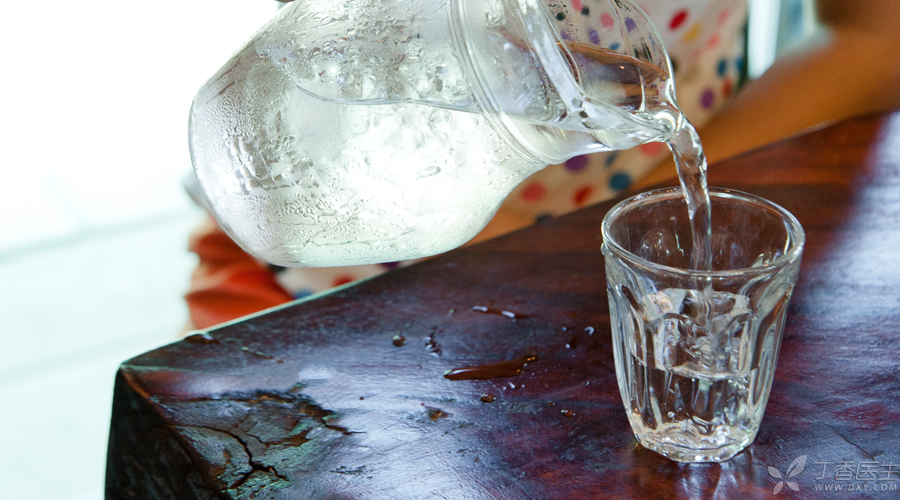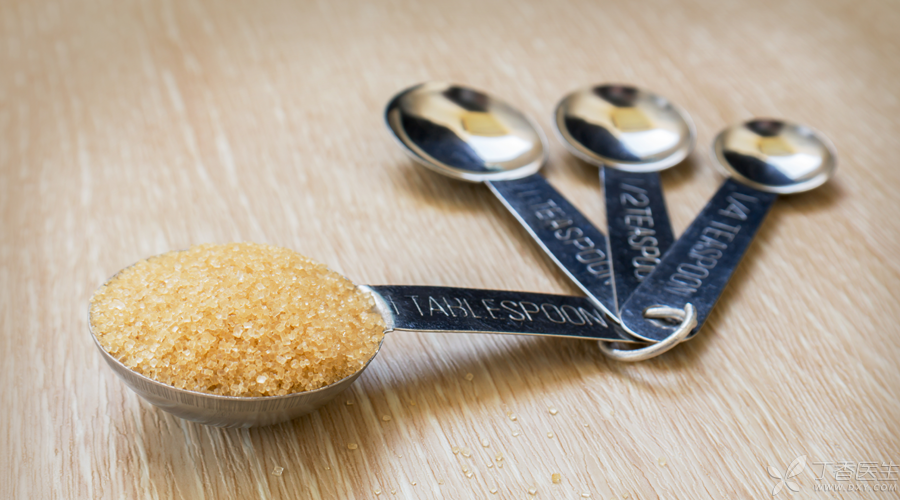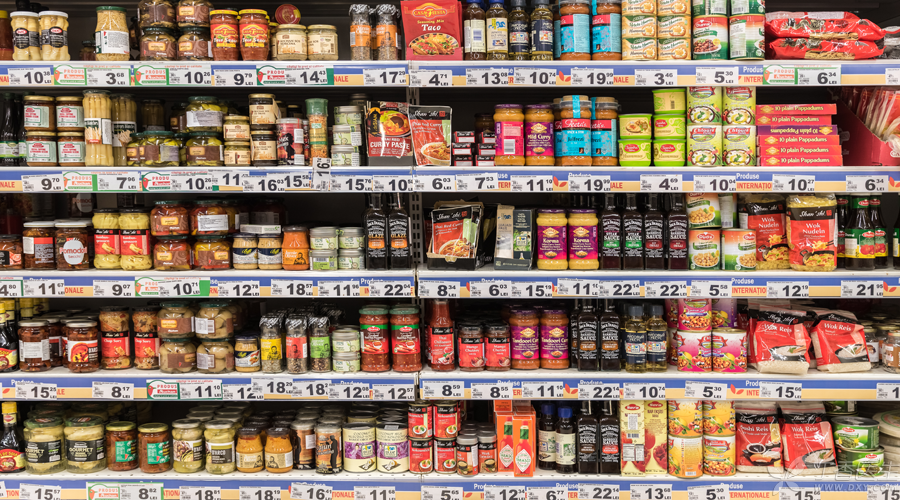
The occurrence of earthquakes is always accompanied by numerous left-over problems, and the most basic [eating what and drinking what] has become one of the most important problems to be solved.
So, after the earthquake, which food and water are safe and which are not? How to reserve food and drinking water for emergencies? Today, Dr. Clove will talk about these problems in detail.
How to store and purify emergency drinking water?
1. Reserve enough
Generally speaking, 1.5 ~ 2 L of drinking water per person per day is enough. Washing food, bathing, brushing teeth, washing dishes and so on also need water, the specific amount of use depends on personal situation. Therefore, according to their actual dosage, the home has at least enough drinking water for 3-5 days.
2. Good sealing
It is best to store the stored drinking water in barrels with well-sealed lids. Generally, plastic square barrels large enough and thick enough are enough, but containers that are easy to squeeze and deform, such as juice or milk cartons, are not suitable.
In addition, it is also necessary to affix a label on the barrel, indicating the storage time and purpose, etc., in case you cannot remember clearly after a long time.
3. Replace regularly
These emergency drinking water needs to be changed every 6 months.
4. Pay attention to the storage environment
Don’t put the spare water near chemical poisons, such as gasoline and pesticides. You know, after these chemicals volatilize, they can [pass] through plastic barrels, thus polluting the drinking water inside.
The storage room should also avoid sun exposure and the room temperature should not be too high.
If there is no emergency reserve, which water can be used safely in the home?
If there is not enough emergency drinking water reserve, clean drinking water may be found at home through the following methods.
Step 1: Ice cubes
After the frozen ice in the refrigerator melts, you can also drink it.
Step 2: Canned food
Canned fruits, vegetable juice and water in various canned foods can also be drunk as appropriate.
3. Toilet
The water in the toilet tank can be used to feed pets. If there is detergent in the tank or the water is [blue], pets cannot drink it either.
4. Pool
If there is a swimming pool or hot spring at home, it can also be used for bathing, but the water cannot be drunk.
So, which water cannot be drunk?
Never drink the water found in the following places:
1. Water in the radiator;
2. Water in domestic hot water boilers;
3. The water in the water bed (a mattress filled with water) is added with fungicides and other chemicals. The polyvinyl chloride outside the mattress will also pollute the water inside, so it cannot be drunk.
Note: Carbonated beverages cannot be used as drinking water reserves; Coffee and cocktail parties dehydrate the body. These things will only greatly increase the amount of water needed by the body, so they cannot be drunk.
Which water is suitable for cooking and drinking?
Bottled, boiled or purified water can be used for safe drinking. Try to choose water from these sources before the water supply source is proved to be safe and drinkable through monitoring.
In the event of a severe water shortage, the local health bureau, water conservancy bureau, or water supply company will generally provide guidance on how to boil and purify the drinking water. Here are some common suggestions suitable for handling the water used for drinking and cooking:
1. Clean water and put it on the blade.
Don’t waste the stored clean water for washing dishes. The water saved with difficulty should be used for brushing teeth, washing vegetables, etc., or made into ice cubes to continue to be stored.
2. Bottled water, pay attention to check the tightness
Before drinking bottled water, be sure to check whether its sealing is in good condition. If the bottle cap is loose and damaged, it is best to boil it before drinking.
Step 3 Boil
Harmful bacteria and parasites can be killed by boiling, and almost all microorganisms can be killed by boiling for one minute.
4. Purify existing water by yourself
If there is no condition to boil water, you can use water purification tablets or tasteless household bleach (sodium hypochlorite) to purify the existing water.
- When using water purification tablets: just follow the instructions on the package. When using household bleach: 0.75 mL (1/8 dose spoon) of bleach is required for every 4 L or so of water that looks relatively clear; If the water is turbid, 1.5 mL (1/4 dose spoon) of bleach is required for every 4 L or so of water. After pouring the bleach, mix well and let stand for about half an hour before use.

However, the sterilization effect of these methods is not as good as that of boiling, so boiling is the best choice when conditions permit.
5. Water storage device, remember to clean and disinfect regularly
Containers storing emergency water should be cleaned with bleach before each use.
It should be noted that when preparing to use the water in containers such as water storage tanks or fire truck water storage tanks, they may have been contaminated by some chemicals or microorganisms such as bacteria, so the above methods must be used before drinking.
Which foods can be used as emergency reserves?

Foods with the following characteristics can be used as [grain reserves]:
1. Long shelf life
2. Easy to store and eat
In order to avoid power failure, water supply and gas supply in case of emergency, it is better to eat these foods directly without refrigeration, water or cooking heating.
3. Dietary needs of special groups
If there are still people in the family who need special diet, such as babies or diabetics, their needs also need to be considered.
4. Pets also need to eat
Don’t forget that pets also need food.
Also, the food used for storage should not be too salty or spicy. You know, in an emergency, you can’t find water to quench your thirst after eating spicy noodles and pickles.
Do you need to pay attention to what when storing emergency food?
STEP 1 Enough
You know, the arrival of natural and man-made disasters often leads to food shortage not only in one’s own home but also in the whole affected area, so emergency food should be prepared for at least 3 days. However, there is no need to buy some food like dehydrated meals or special emergency food. For foods such as canned food, the shelf life of about two years is enough.
Step 2: Choose the right place
Cool, dry and light-proof environment is an ideal storage location. Room temperature of 5 ~ 15 ℃ is the best state. If the storage conditions are good, canned food and other foods can be stored for a long time.
But don’t put emergency food behind the refrigerator heat sink, high temperature will make a lot of food deteriorate rapidly; Also don’t put food near petroleum products such as gasoline, lubricating oil and paint. Some foods will absorb the smell of these products.
3. Ensure complete storage
The storage place should be properly treated to prevent rats and mosquitoes. If it is stored in cartons or cardboard boxes, it is better to wrap it with something outside.
Step 4 Record Time
Record the storage date and shelf life before storage, and remember to change a batch of new ones to store before expiration.
How to eat the stored emergency food?
Eat the food that is easy to break down in the refrigerator first, then eat emergency food. But remember, only food with normal color, texture and taste can be eaten.
Once refrigerated food is left at room temperature for more than 2 hours, no matter how [fresh] it looks, it should be thrown away. Canned food with flatulence or leaking water must not be eaten.
